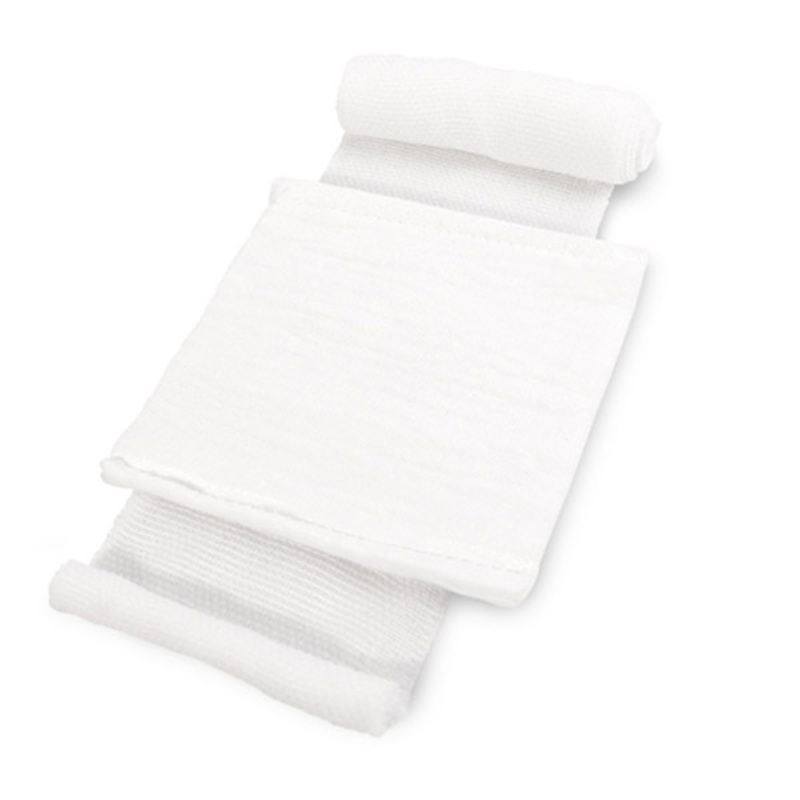Understanding the Role of Gauze in Effective Bandaging Techniques: A Comprehensive Guide
Bandage with gauze is a lightweight, open-meshed fabric made from cotton or synthetic fibers, designed for various medical applications. It serves as an effective barrier against contaminants while allowing air circulation, which is essential for wound healing. The unique properties of gauze make it suitable for absorbing exudates from wounds and creating a moist environment conducive to healing. Moreover, gauze is often used in combination with other materials, such as adhesive bandages and dressings, to enhance its effectiveness.
Types of Gauze Used in Medical Applications
Understanding the different types of gauze available can help in selecting the right one for specific medical needs. Here are the most common types of gauze:
1. Sterile Gauze
Sterile gauze is packaged in a clean environment to prevent contamination. It is essential for dressing open wounds, surgical incisions, and any situation where the risk of infection is high.
2. Non-Sterile Gauze
Non-sterile gauze is used primarily for cleaning or as a secondary dressing. It is typically more affordable and accessible for general use.
3. Medical Gauze Pads
These are pre-cut squares or rectangles of gauze that come in various sizes. They are convenient for quick application and are often used in emergency situations.
4. Rolled Gauze
Rolled gauze is a long strip of gauze that can be cut to desired lengths. It is versatile and can be used for wrapping around limbs, securing dressings, or creating compression bandages.
5. Gauze Sponges
Gauze sponges are thicker and more absorbent, making them ideal for surgical procedures. They are often used to soak up blood and other fluids during operations.
When to Use Gauze for Bandaging
Knowing when to use gauze is critical for effective wound management. Here are some scenarios where gauze is the preferred choice:
1. Open Wounds
Bandage with gauze is ideal for covering open wounds, as it provides a protective barrier against bacteria while allowing the wound to breathe.
2. Surgical Sites
Post-surgical patients often require gauze to cover incisions and absorb any drainage, ensuring a sterile environment.
3. Burns
For minor burns, gauze can protect the area while allowing moisture to escape, minimizing pain and promoting healing.
4. Abscesses or Infected Wounds
In cases of abscesses, gauze can be used to absorb pus and prevent further infection while allowing for drainage.
How to Apply Gauze for Effective Bandaging
Applying gauze correctly is crucial for maximizing its benefits. Follow these steps for proper application:
1. Prepare the Wound
Begin by cleaning the wound with mild soap and water or a saline solution. Pat it dry with a clean towel.
2. Choose the Right Gauze
Select an appropriate type and size of gauze based on the wound’s dimensions and depth.
3. Apply the Gauze
Carefully place the gauze over the wound, ensuring it covers the entire area without excessive pressure.
4. Secure the Gauze
Use medical tape, rolled gauze, or a combination of both to secure the gauze in place without restricting blood flow.
5. Monitor the Wound
Regularly check the bandage for signs of infection, such as increased redness, swelling, or discharge.
Common Gauze Bandaging Techniques
Several effective gauze bandaging techniques can be used depending on the location and type of wound. Here are a few key methods:
1. Figure-Eight Bandage
This technique is suitable for wrapping joints, such as knees or elbows. Start at one side of the joint, cross the gauze over the joint in a figure-eight pattern, and secure it.
2. Spiral Bandage
Used for wrapping cylindrical body parts, such as arms or legs, this method involves overlapping each layer of gauze, ensuring a snug fit without restricting circulation.
3. Circular Bandage
Ideal for securing dressings on small wounds, this technique involves wrapping the gauze in a circular motion around the injury.
4. Compression Bandage
For controlling bleeding, a compression bandage can be applied by wrapping gauze tightly around the wound, and applying direct pressure.
Maintaining and Removing Gauze Dressings
Proper maintenance and removal of gauze dressings are essential for optimal healing. Here’s how to do it effectively:
1. Regular Changes
Change gauze dressings regularly, typically every 24 to 48 hours, or sooner if they become wet or soiled.
2. Gentle Removal
When removing gauze, do so gently to avoid reopening the wound. If the dressing sticks to the wound, moisten it with saline before removal.
3. Monitor for Infection
Keep an eye on the wound for signs of infection. If you notice increased redness, swelling, or discharge, consult a healthcare professional.


评论
发表评论